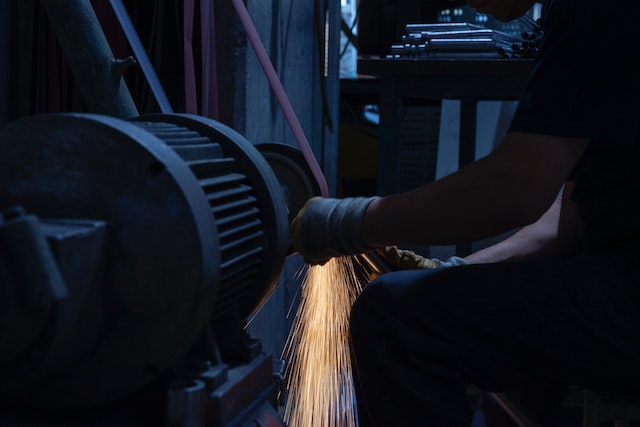Plastic injection molding is a complex process. Getting the part from concept to production involves designing the product, tooling a mold that fits the design, melting plastic resin pellets, and injecting pressure into the mold.
Rounded corners, known as drafts, are important for allowing the plastic to flow easily around them during injection and ejection.
Designing a Part
When you’re designing plastic injection molds, you should keep several factors in mind. Some are obvious, such as the location of the parting line or where the two injection mold halves come together. Others, however, require more thought.
For instance, sharp corners should be avoided. These can cause stress concentrations, warping, and poor flow patterns. To avoid these problems, design a plastic part with rounded corners.
You should also consider the material you’ll use. Different plastics have different shrinkage levels. Choosing the right one for your design is important, as it can affect the final dimensions and tolerances of the molded part. Also, some materials can contain fillers that help improve performance. These are added at the injection molding machine or by the material manufacturer. They can include color additives and fiberglass to increase strength. For example, you could blend polycarbonate and polystyrene to make a strong yet lightweight product.
Tooling a Mold
The final step in plastic injection molding is constructing the tooling to turn your design into a finished product. The tooling is constructed through CNC machining and electrical discharge machining.
Hard metal is typically used because it can tolerate high temperatures and pressure. Steel is the hardest but also the most expensive. Aluminum is softer but can be heat-treated to make it harder, increasing its durability and reducing production costs.
Depending on the complexity of your design, you may need a fixed or moving mold. Fixed molds are installed on stationary plates, and moveable ones remain closed during injection molding. Once the plastic has molded, the machinist opens the fixed and moving molds to remove the finished product. The ejector pins in the movable mold allow the molded part to eject from the machine easily. They also help prevent the molded plastic from sticking to other components.
Injecting the Material
A wide range of plastics can be used in injection molding. Each has different attributes for use in specific applications, such as tensile strength or water absorption. Acrylic, for example, is often used to make transparent and optical parts because it is weather resistant, odorless, and takes dyes well. It is also safe for food storage and doesn’t contain bisphenol A (BPA).
Once the part design has been finalized, the machined mold halves are closed and securely clamped by a powerful injection molding machine. The plastic resin enters the mold through a channel in the injection mold called a sprue bushing, which seals tightly with a nozzle on the barrel of the injection machine and directs the molten plastic to the cavity image on the A and B plates.
Injection molding is a valuable tool for producing uncomplicated and complex items, as it offers superior dimensional consistency over other types of plastic fabrication. Choosing an experienced partner who can deliver on promises of quality is important to avoid costly mistakes and delays in production.
Cooling the Part
Injection molding is popular for many products, including medical devices and automotive components. It’s cost-effective and design-flexible, and it produces less waste material than other manufacturing processes.
Plastic injection molding uses thermoplastics that turn molten under heat and cool to solidify at lower temperatures than their melting point. Manufacturers add colorants, recycled material, and specialty additives to the polymer pellets to produce the desired finished product.
A sprue bushing supports the injection molding nozzle and is the first pathway for distributing liquid plastic into the mold. A locating ring fits over the sprue bushing to align it with the injection molding nozzle. Temperature control units circulate a steady flow of coolant through passages in the injection mold to help maintain correct, consistent internal temperatures. This helps ensure a quality, consistent part that meets tolerance requirements. The cooling process also helps prevent the warping of the final product.

